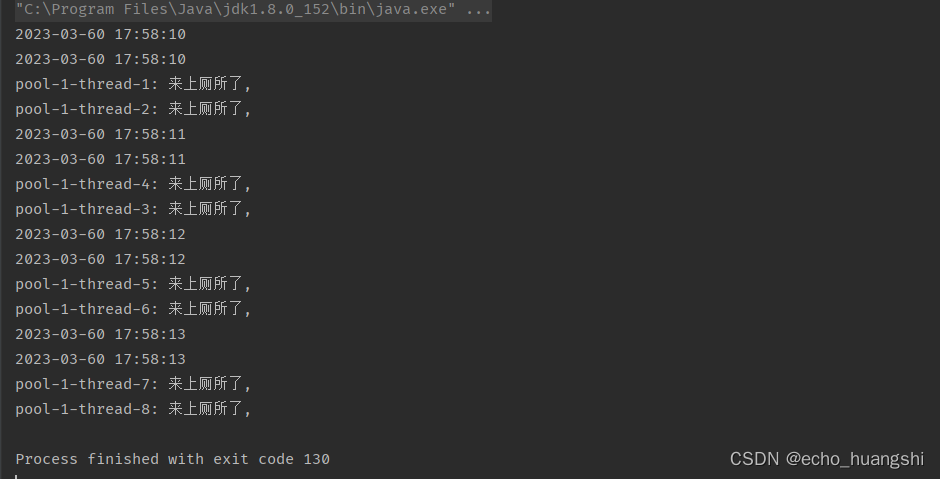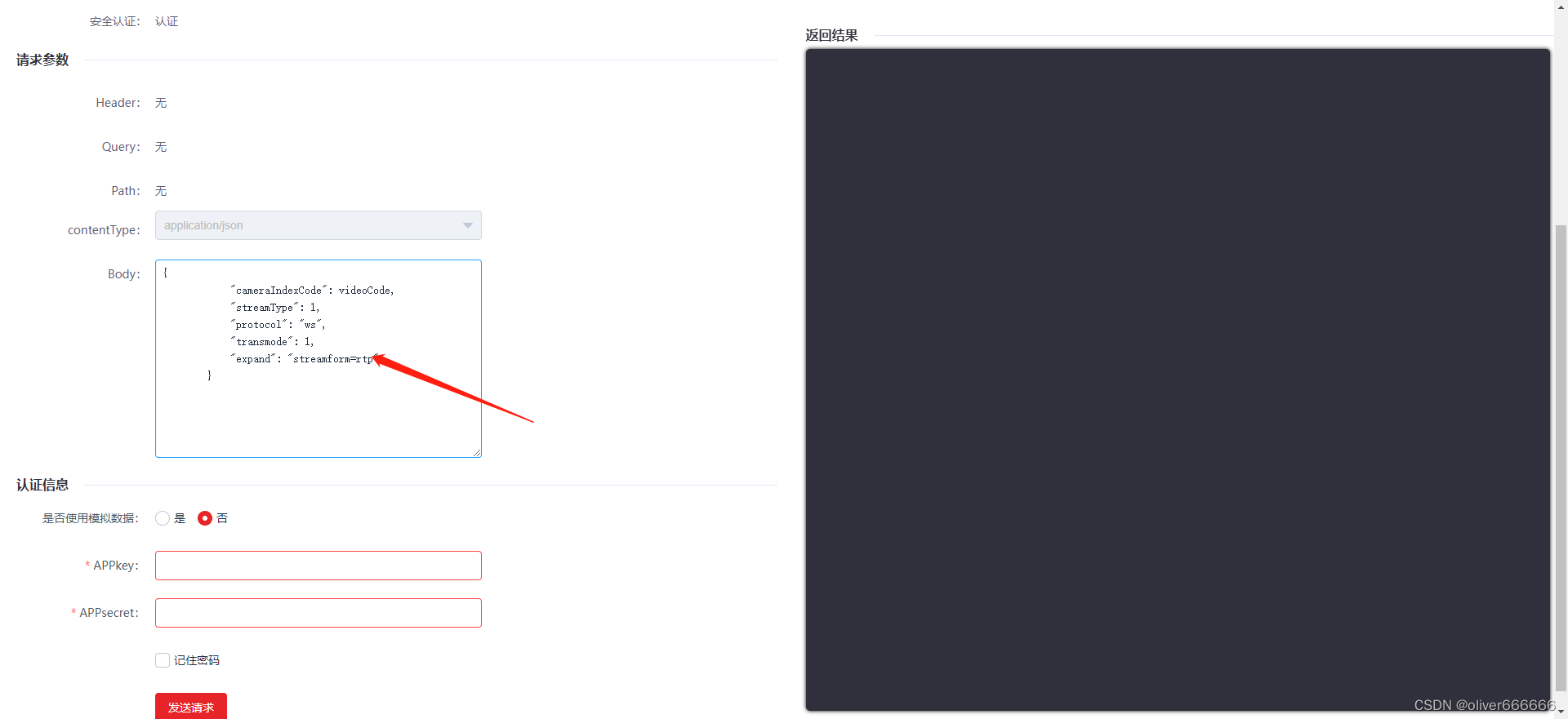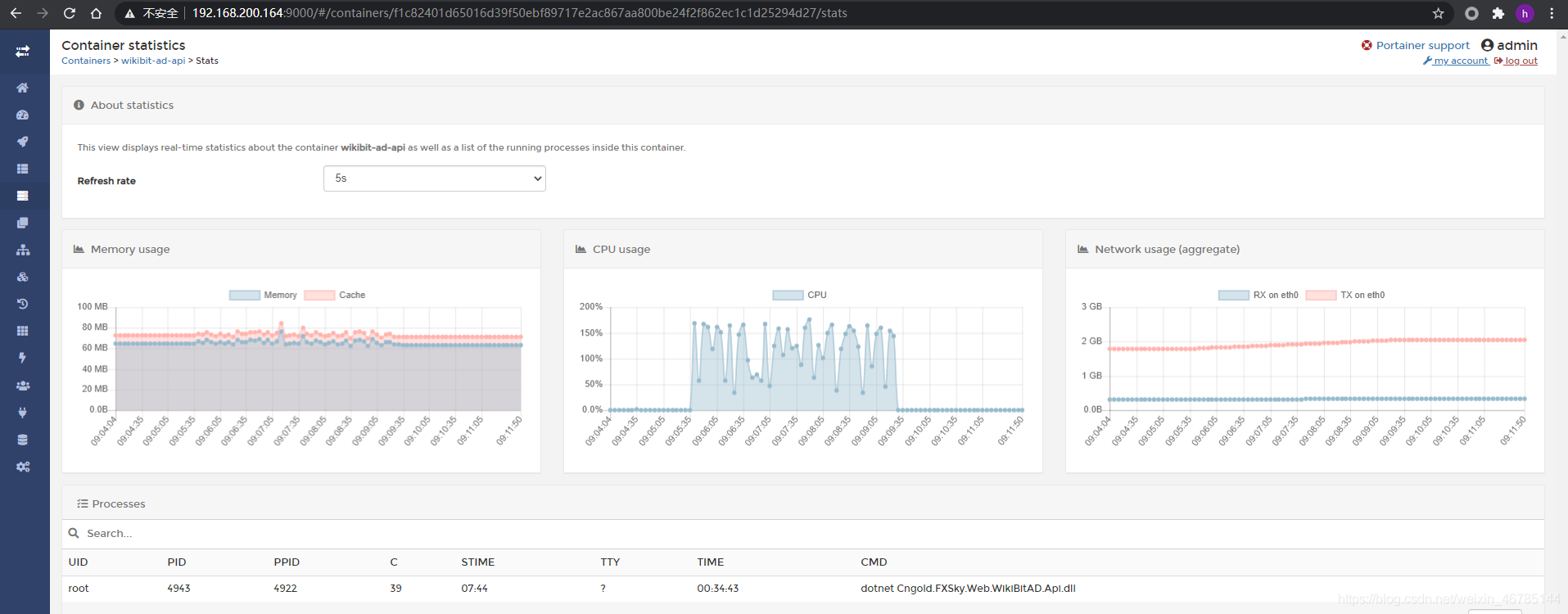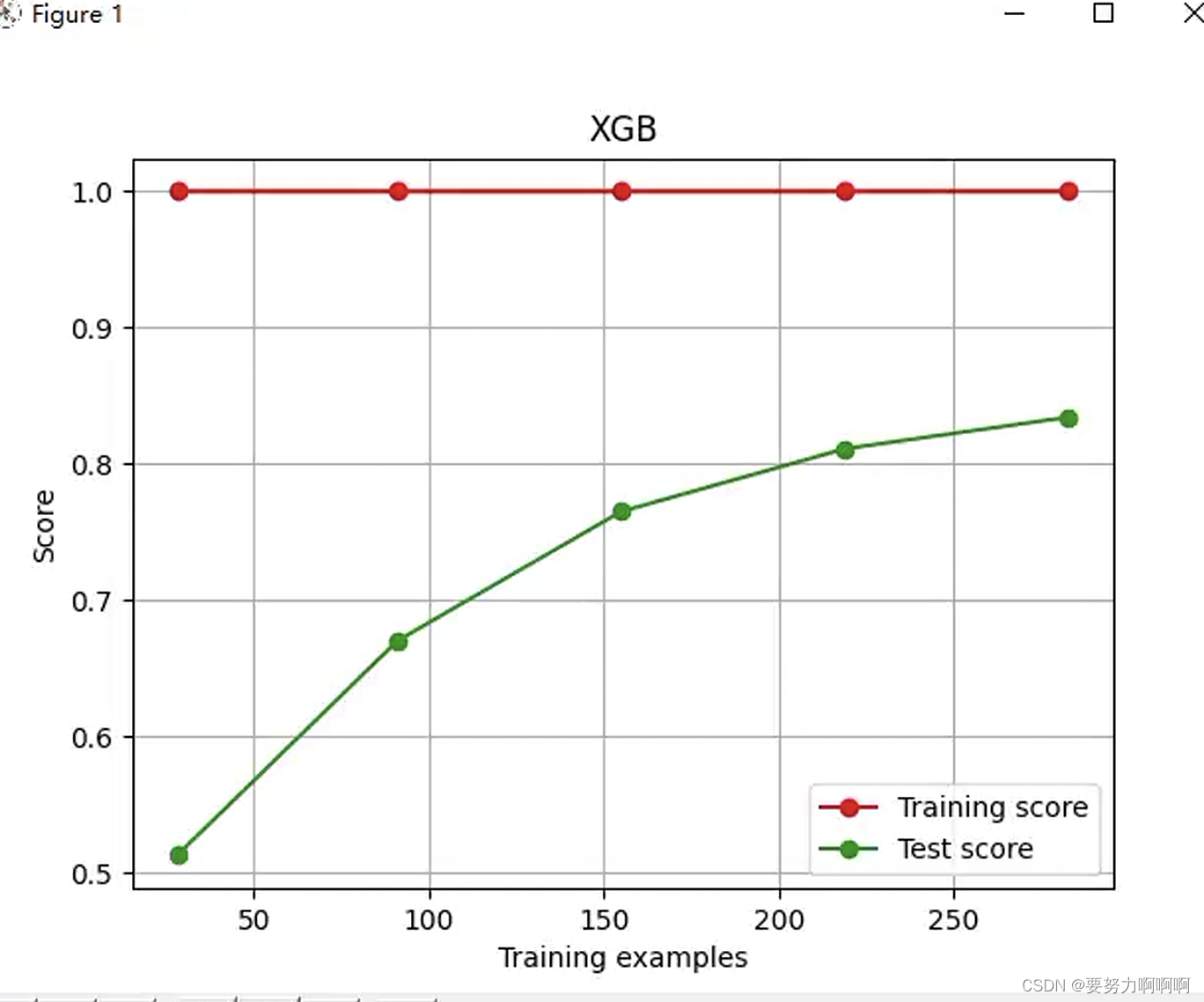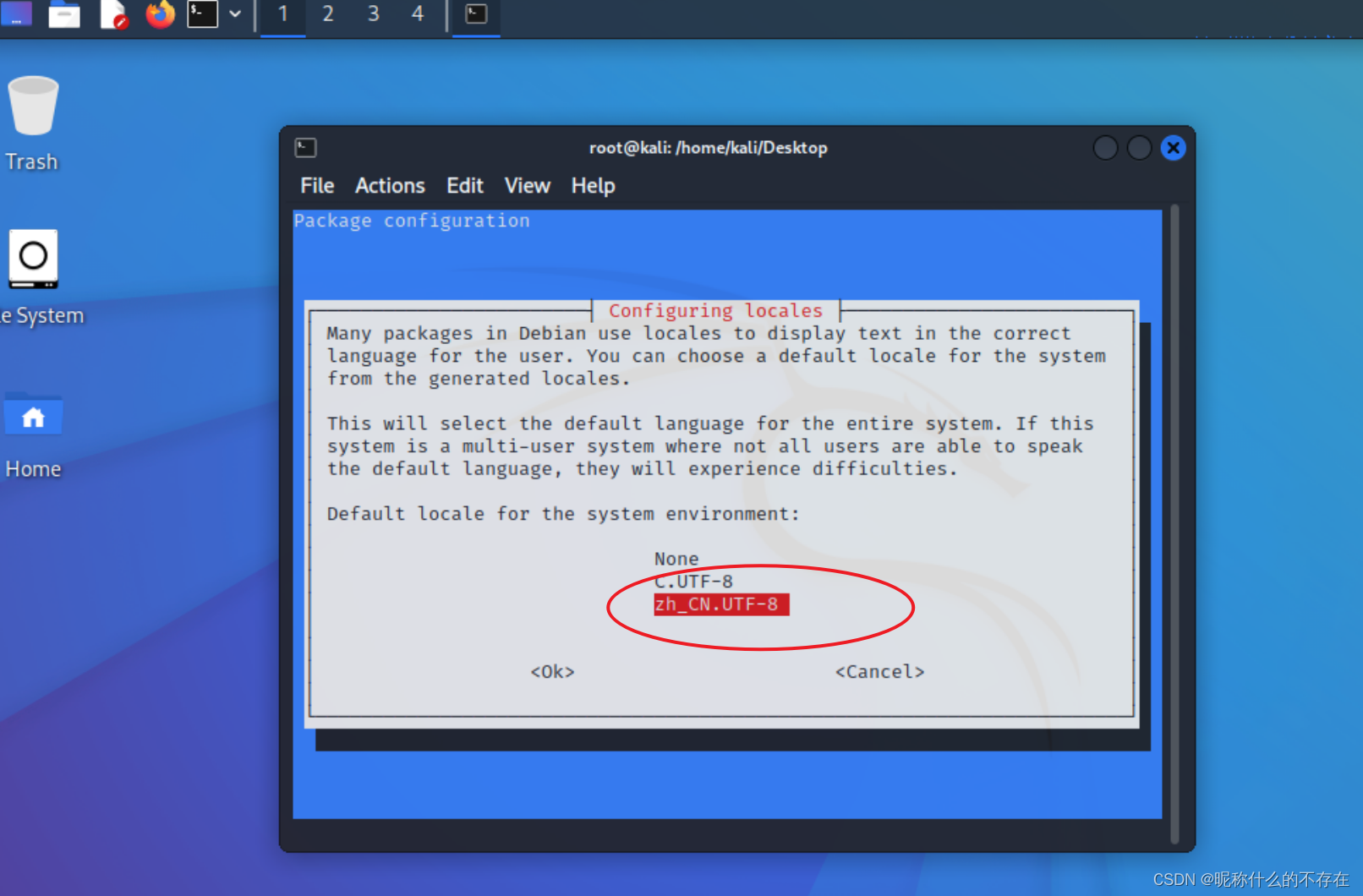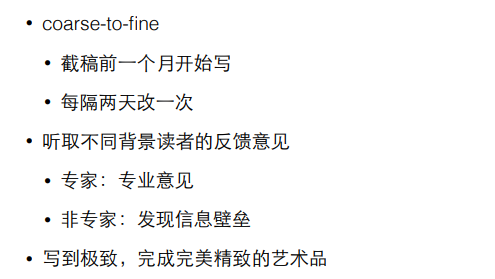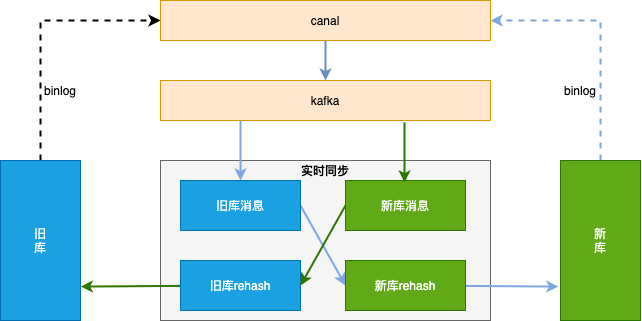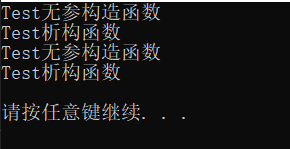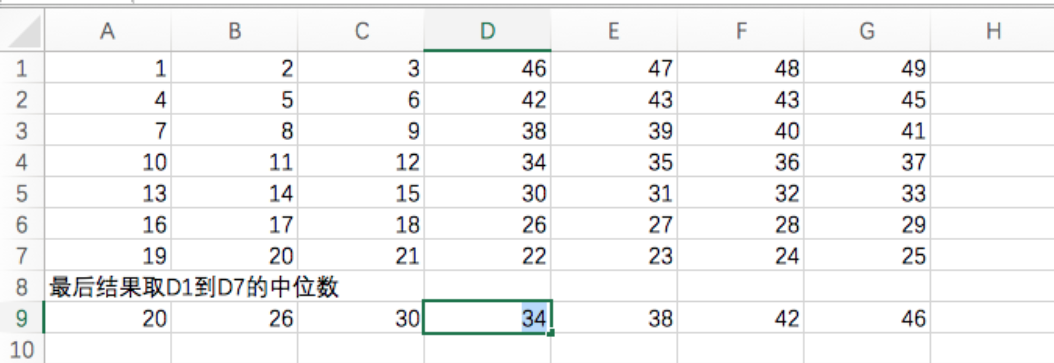一.麻烦讲述一下Hashmap的扩容原理
jdk1.8中的hashmap扩容原理
1.put流程图
首先贴一张图(图片来源于传送门),多谢大佬的美图,此图已经完美的描述了put的整个流程,我也就不想自己画了,嘿嘿:

2.hashmap中几个比较重要的成员变量
HashMap在底层数据结构上采用了数组+链表+红黑树,在其源码中有几个比较重要的成员变量需要记住,这几个成员变量也是在扩容中肯定会遇到的:
// 默认的初始化容量16,必须为2的幂
static final int DEFAULT_INITIAL_CAPACITY = 1 << 4; // aka 16
//默认的负载因子0.75f
static final float DEFAULT_LOAD_FACTOR = 0.75f;
//当某个桶的阈值大于8,会将链表的结构转换为红黑树
static final int TREEIFY_THRESHOLD = 8;
//当某个桶的阈值小于6时,会将原本的树结构转换为链表结构
static final int UNTREEIFY_THRESHOLD = 6;
//当Node数组的长度大于64才允许将链表转换为红黑树,否则应该直接扩容而不是将链表进行树化
//此处的含义就是如果一个链表的长度超过了8,但是Node数组的长度小于64的话,一般以扩容来处理,
而不是将链表树化
static final int MIN_TREEIFY_CAPACITY = 64;
//阈值=capacity * load factor
int threshold;
3.扩容的详细步骤
public V put(K key, V value) {
return putVal(hash(key), key, value, false, true);
}
final V putVal(int hash, K key, V value, boolean onlyIfAbsent,
boolean evict) {
Node<K,V>[] tab; Node<K,V> p; int n, i;
if ((tab = table) == null || (n = tab.length) == 0)
n = (tab = resize()).length;
if ((p = tab[i = (n - 1) & hash]) == null)
tab[i] = newNode(hash, key, value, null);
else {
Node<K,V> e; K k;
if (p.hash == hash &&
((k = p.key) == key || (key != null && key.equals(k))))
e = p;
else if (p instanceof TreeNode)
e = ((TreeNode<K,V>)p).putTreeVal(this, tab, hash, key, value);
else {
for (int binCount = 0; ; ++binCount) {
if ((e = p.next) == null) {
p.next = newNode(hash, key, value, null);
if (binCount >= TREEIFY_THRESHOLD - 1) // -1 for 1st
treeifyBin(tab, hash);
break;
}
if (e.hash == hash &&
((k = e.key) == key || (key != null && key.equals(k))))
break;
p = e;
}
}
if (e != null) { // existing mapping for key
V oldValue = e.value;
if (!onlyIfAbsent || oldValue == null)
e.value = value;
afterNodeAccess(e);
return oldValue;
}
}
++modCount;
if (++size > threshold)
resize();
afterNodeInsertion(evict);
return null;
}
首先从put和putVal中我们发现扩容的核心源码是resize():
在分析resize()方法之前,我们首先了解一下在那些情况下hashmap会产生扩容动作:
在hashmap中有三种情况会触发扩容,分别是:
第一种:使用默认构造方法初始化HashMap。从前文可以知道HashMap在一开始初始化的时候会返回一个空的table,并且thershold为0。因此第一次扩容的容量为默认值DEFAULT_INITIAL_CAPACITY也就是16。同时threshold = DEFAULT_INITIAL_CAPACITY * DEFAULT_LOAD_FACTOR = 12。
第二种:指定初始容量的构造方法初始化HashMap。那么从下面源码可以看到初始容量会等于threshold,接着threshold = 当前的容量(threshold) * DEFAULT_LOAD_FACTOR。
第三种:HashMap不是第一次扩容。如果HashMap已经扩容过的话,那么每次table的容量以及threshold量为原有的两倍。
这边也可以引申到一个问题HashMap是先插入还是先扩容:HashMap是先插入数据再进行扩容的,但是如果是刚刚初始化容器的时候是先扩容再插入数据(这一点可以从putValue方法源码中看出)。
接下来是重点resize()方法:
final Node<K,V>[] resize() {
Node<K,V>[] oldTab = table;
int oldCap = (oldTab == null) ? 0 : oldTab.length;
int oldThr = threshold;
int newCap, newThr = 0;
if (oldCap > 0) {
if (oldCap >= MAXIMUM_CAPACITY) {
threshold = Integer.MAX_VALUE;
return oldTab;
}
else if ((newCap = oldCap << 1) < MAXIMUM_CAPACITY &&
oldCap >= DEFAULT_INITIAL_CAPACITY)
newThr = oldThr << 1; // double threshold
}
else if (oldThr > 0) // initial capacity was placed in threshold
newCap = oldThr;
else { // zero initial threshold signifies using defaults
newCap = DEFAULT_INITIAL_CAPACITY;
newThr = (int)(DEFAULT_LOAD_FACTOR * DEFAULT_INITIAL_CAPACITY);
}
if (newThr == 0) {
float ft = (float)newCap * loadFactor;
newThr = (newCap < MAXIMUM_CAPACITY && ft < (float)MAXIMUM_CAPACITY ?
(int)ft : Integer.MAX_VALUE);
}
threshold = newThr;
@SuppressWarnings({"rawtypes","unchecked"})
Node<K,V>[] newTab = (Node<K,V>[])new Node[newCap];
table = newTab;
if (oldTab != null) {
for (int j = 0; j < oldCap; ++j) {
Node<K,V> e;
if ((e = oldTab[j]) != null) {
oldTab[j] = null;
if (e.next == null)
newTab[e.hash & (newCap - 1)] = e;
else if (e instanceof TreeNode)
((TreeNode<K,V>)e).split(this, newTab, j, oldCap);
else { // preserve order
Node<K,V> loHead = null, loTail = null;
Node<K,V> hiHead = null, hiTail = null;
Node<K,V> next;
do {
next = e.next;
if ((e.hash & oldCap) == 0) {
if (loTail == null)
loHead = e;
else
loTail.next = e;
loTail = e;
}
else {
if (hiTail == null)
hiHead = e;
else
hiTail.next = e;
hiTail = e;
}
} while ((e = next) != null);
if (loTail != null) {
loTail.next = null;
newTab[j] = loHead;
}
if (hiTail != null) {
hiTail.next = null;
newTab[j + oldCap] = hiHead;
}
}
}
}
}
return newTab;
}
从resize()方法中可以看到一点:最重要的一个判断是(e.hash & oldCap),从此处会将链表分成两段低位链表和高位链表,低位链表的节点位置不动,高位链表节点的位置是原来的位置加上老的链表的位置。
原理如下:
原table中的数据索引到新的table中,要么保持位置不变,要么位置= oldCap(原表大小) + 原表索引
先放一下求余公式:X % 2^n = X & (2^n - 1) (x对2的n次方求余)
length = 2的n次方
原表索引 = (hash的后N位) & (length - 1)
新表索引 = (hash的后N+1位) & (length << 1 - 1)
如果还有不理解的可以看这位大神的博客:传送门
jdk1.7中为什么多线程情况下会出现死循环?
答案:直接一个传送门



